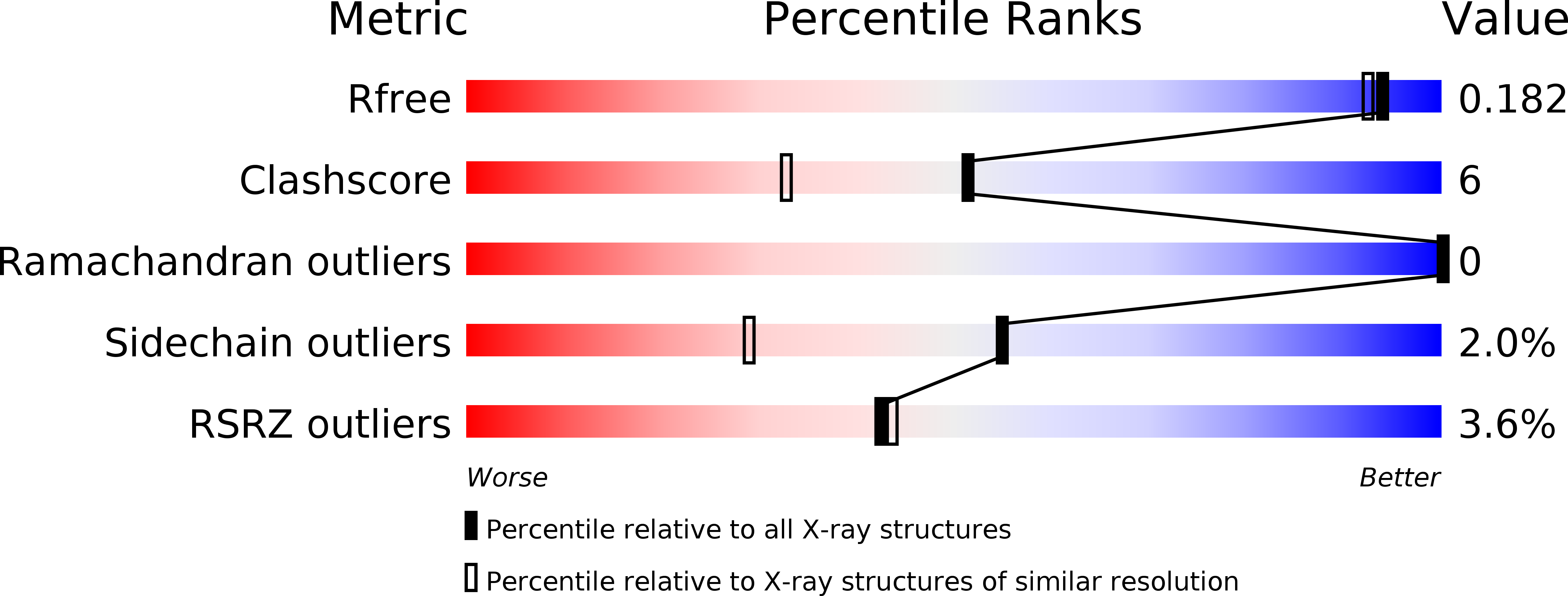
Deposition Date
2015-04-14
Release Date
2015-12-23
Last Version Date
2024-11-06
Entry Detail
Biological Source:
Host Organism:
Method Details:
Experimental Method:
Resolution:
1.57 Å
R-Value Free:
0.17
R-Value Work:
0.14
R-Value Observed:
0.14
Space Group:
P 31


